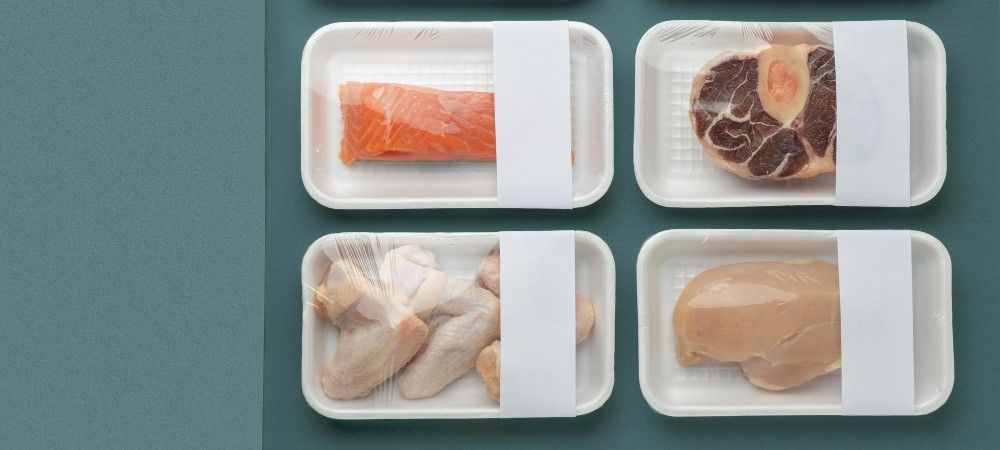With plastics manufacturers around the world looking to lower their carbon emissions and comply with new goals for entering the circular economy, a new surge in polymer research has begun.
The aim is to replace fossil fuel-based feedstocks with bio-based alternatives. For this reason, focus has been renewed on ‘tara gum’ – a sustainable, and biodegradable alternative derived from the seed of the tara tree (caesalpinia spinosa).

As Axel Barrett, a bio-polymer analyst at BioPlastics News explains, “[Tara gum] is a natural, water-soluble substance containing polysaccharides (complex carbohydrates), including the widely used ‘galactomannan,’ which is employed in coatings, edible films, and as a stabilizer and thickener. The biocompatibility, biodegradability, and safety of tara gum also make it valuable in industries like food and drug delivery.” Adding that, “… the adaptable nature of the groups within tara gum polysaccharides renders it valuable for tailoring physicochemical and mechanical properties for specific applications.”
Most notably, research has intensified on modification methods, such as ‘grafting’ in the hope of widening the number of uses for tara gum, as well as improving its inherent properties.
“Our team has a keen interest in natural polysaccharides and their role in drug delivery, and we have been working on tara gum and other natural polysaccharides to extend their applications,” explains Professor Sangkil Lee from Chung-Ang University in South Korea. Together with his team, Lee is leading the way in examining how polymers are being used in the food and pharmaceutical industries, including the creation of pH-sensitive plastics, food packaging, and drug delivery devices. “Various researchers have explored the wide range of applications for its various modified forms. However, this is the first review on recent advancements in tara gum, its modified materials, and their potential role.”

Modified tara gum derivatives are already a well-known bio-alternative in the food industry. Providing sustainable packaging, serving as a gelation agent, limiting the oxidisation of food, protecting fatty foods, and monitoring milk and spoilage. But now polymer researchers and raw material suppliers for the plastics industry believe that even more can be done with this versatile feedstock.
“The physicochemical property of tara gum and its products can be enhanced using various kinds of monomers, crosslinkers, or other polysaccharides,” explains Prof. Lee. “Furthermore, the improvement of antibacterial properties might be achieved through the incorporation of chitosan or other natural polymers, as well as inorganic materials such as copper and zinc nanoparticles.”
Tara gum and its derivatives make for a suitable biopolymer feedstock because of their readily adjustable hydroxy groups. The easy grafting techniques of tara gum have been well-examined, with polymer researchers noting its suitability for pH-sensitive packaging due to its non-Newtonian, pseudoplastic rheological qualities, and synergistic behaviour with other polysaccharides. It is also inherently non-toxic and is internationally recognised with the code E417.
Furthermore, a number of methods for enhancing tara gum (which is used to stabilise and thicken food) have yielded noteworthy, customised features.

“The last decade has seen incredible research on tara gum polysaccharides as a significant biopolymer for food packaging and pharmaceuticals,” notes the study, now published in the peer-reviewed journal Carbohydrate Polymers. Concluding that, “As a biopolymer of plant origin, tara gum, among other polysaccharides, can easily be scaled up at the industrial level. Moreover, its easy chemical modification and unique characteristics, including biocompatibility, biodegradability, absence of color and odor, and non-carcinogenicity, make it a desirable biopolysaccharide for food packaging films and pharmaceutical materials.”
Photo credit: Flickr, Raw pixel on Freepik, Flickr& Freepik